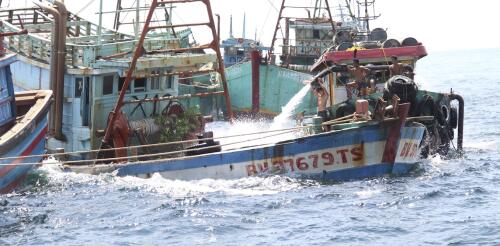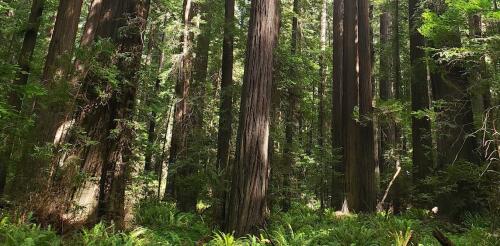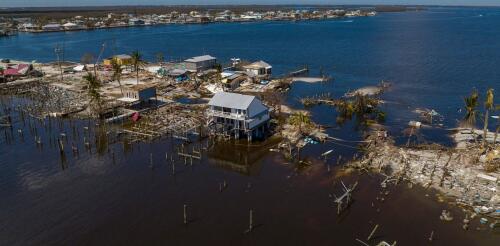Satellites
In January 2019, the Korean-flagged fishing vessel Oyang 77 sailed south toward international waters off Argentina. The vessel had a known history of nefarious activities, including underreporting its catch and illegally dumping low-value fish to make room in its hold for more lucrative catch. At 2 a.m. on Jan. 10, the Oyang 77 turned off its location transponder at the edge of Argentina’s exclusive economic zone – a political boundary that divides Argentina’s national waters from international waters, or the high seas. At 9 p.m. on Jan. 11, the Oyang 77 turned its transponder back on and reappeared on the high seas. For the 19 hours when the ship was dark, no information was available about where it had gone or what it did. In a study published in Nov. 2022, I worked with colleagues at Global Fishing Watch, a nonprofit that works to advance ocean governance by increasing transparency of human activity at sea, to show that these periods of missing transponder...
Many of the companies promising “net-zero” emissions to protect the climate are relying on vast swaths of forests and what are known as carbon offsets to meet that goal. On paper, carbon offsets appear to balance out a company’s carbon emissions: The company pays to protect trees, which absorb carbon dioxide from the air. The company can then claim the absorbed carbon dioxide as an offset that reduces its net impact on the climate. However, our new satellite analysis reveals what researchers have suspected for years: Forest offsets might not actually be doing much for the climate. You can listen to more articles from The Conversation, narrated by Noa, here. When we looked at satellite tracking of carbon levels and logging activity in California forests, we found that carbon isn’t increasing in the state’s 37 offset project sites any more than in other areas, and timber companies aren’t logging less than they did before. The findings s...
Hurricane Ian left an extraordinarily broad path of destruction across much of South Florida. That was evident in reports from the ground, but it also shows up in satellite data. Using a new method, our team of spatial and environmental analysts was able to quickly provide a rare big picture view of damage across the entire state. Satellite images and artificial intelligence reveal Hurricane Ian’s widespread damage. The dark areas have a high probability of damage. Su Ye By using satellite images from before the storm and real-time images from four satellite sensors, together with artificial intelligence, we created a disaster monitoring system that can map damage in 30-meter resolution and continuously update the data. It’s a snapshot of what faster, more targeted disaster monitoring can look like in the future – and something that could eventually be deployed nationwide. How arti...


